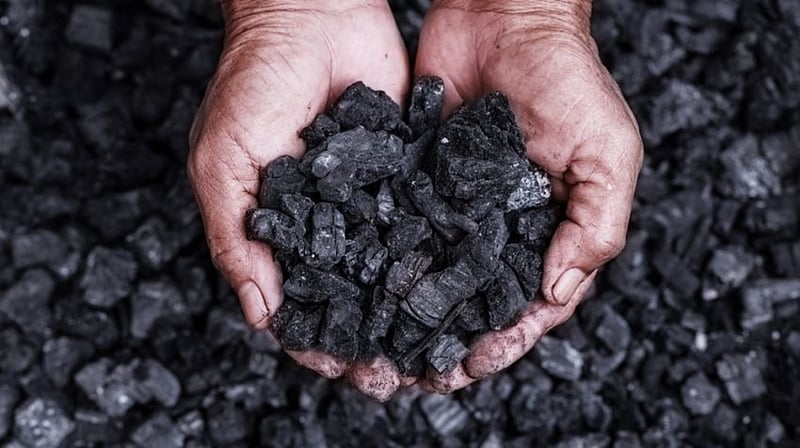New Delhi: Graphene quantum dots drawn from common coal may be the basis for an effective antioxidant for treating traumatic brain injuries, strokes, or heart attacks. Quantum dots are semiconducting materials small enough to exhibit quantum mechanical properties that only appear at the nanoscale.
Researchers found that their biocompatible dots, when modified with a common polymer, effectively mimic the body’s own superoxide dismutase, one of many natural enzymes that keep oxidative stress in check.
But because the rapid production of reactive oxygen species (ROS) that race to heal an injury can overwhelm natural antioxidants, the team has been working for years to see if a quick injection of reactive nanomaterials can limit the collateral damage these free radicals can cause to healthy cells.
An earlier study by the trio showed that hydrophilic clusters modified with polyethylene glycol (PEG) to improve their solubility and biological stability are effective at quenching oxidative stress, as a single nanoparticle had the ability to neutralise thousands of ROS molecules.
“Replacing our earlier nanoparticles with coal-derived quantum dots makes it much simpler and less expensive to produce these potentially therapeutic materials,” says James Tour, chair in chemistry as well as a professor of computer science and of materials science and nanoengineering at Rice University.
Tests on cell lines showed a mix of PEG and graphene quantum dots from common coal is just as effective at halting damage from superoxide and hydrogen peroxides as the earlier materials, but the dots themselves are more disc-like than the ribbonlike clusters.
In the new study, the researchers chemically extracted quantum dots from inexpensive bituminous and anthracite coal, modified them with the polymer and tested their abilities on live cells from rodents.
The results showed that quantum dot doses in various concentrations were highly effective at protecting cells from oxidation, even if the researchers delayed the doses by 15 minutes after they added damaging hydrogen peroxide to the cell culture dishes.
The disc-like, 3-5-nanometer bituminous quantum dots are smaller than the 10-20-nanometer anthracite dots. “Although they both work in cells, in vivo, the smaller ones are more effective,” Tour says. “The larger ones likely have trouble accessing the brain as well.”









